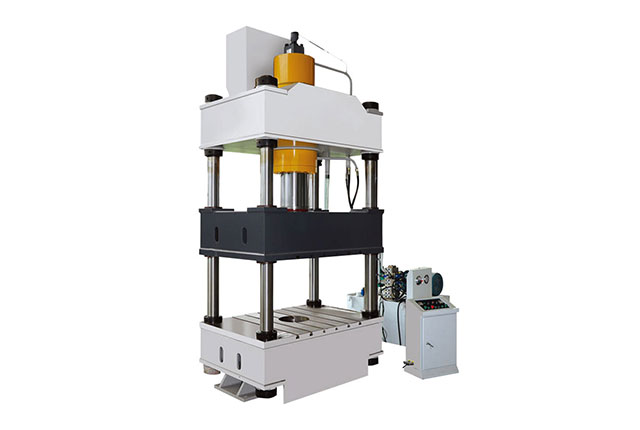In the use of the hydraulic system, what needs to be done to ensure that the hydraulic system can work reliably for a long time? The following four aspects must be strictly followed during the design or use:
1. Prevent leakage.
①External leakage is not allowed, internal leakage is inevitable, but its leakage cannot exceed the allowable value. If there is too much leakage, the pressure will not rise, and the hydraulic motor cannot reach the expected force (or torque).
②The amount of oil leakage is related to the pressure, which will make the movement of the working parts unstable.
③Because of the excessive leakage, the volume loss will increase and the oil temperature will increase. In order to avoid excessive leakage, it is necessary to have proper gaps between the relative moving parts and install proper sealing devices.
2. To prevent excessive oil temperature.
① The oil temperature of the hydraulic system should be kept at 15℃-50℃.
②Excessive oil temperature will bring a series of undesirable consequences:
a. Rising oil temperature will make the oil thinner, increase leakage, and reduce system efficiency.
b. The oil works at higher temperatures and is easy to deteriorate.
c. To avoid excessive oil temperature, in addition to designing measures to avoid oil heating (such as hydraulic pump unloading and volumetric speed adjustment for high-power systems, etc.), it is also necessary to consider whether the fuel tank has sufficient heat dissipation capacity.
d. A cooling device can be added when necessary.
3. Prevent air from being mixed into the system and timely exhaust the air mixed into the system.
①Air entering the hydraulic system will cause noise and oil oxidation and deterioration.
② Measures must be taken to prevent air from being mixed in, and the air mixed into the system must be discharged frequently.
4. Always keep the oil clean.
① The oil is mixed with impurities, which will cause the slide valve to jam, block the throttle orifice or gap so that the hydraulic components can not work normally, and the relative moving parts will wear more.
②In addition to installing oil filters and various devices to prevent foreign impurities from entering the system, the oil filters must be cleaned regularly and the old oil must be replaced.
③When assembling the hydraulic system, clean the hydraulic components and pipes.
④After the test run, it is best to remove the hydraulic components and pipelines, clean them carefully, and install them.
